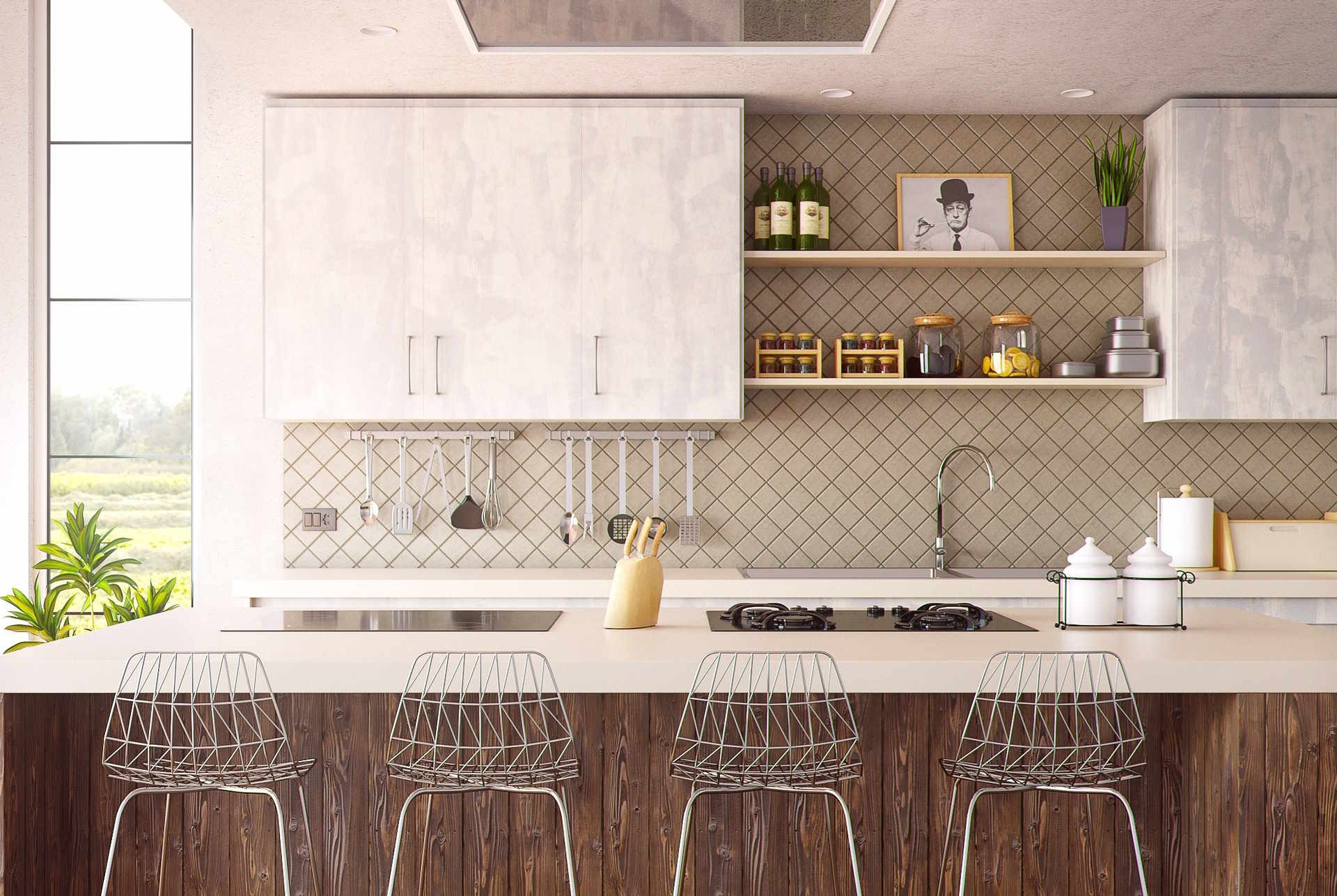Space-saving solutions for small culinary workspaces
Small kitchens demand thoughtful design to make cooking efficient and enjoyable. This article outlines practical, sustainable strategies for optimizing cabinetry, countertops, appliances, storage, and mealprep workflows so even compact culinary workspaces feel organized and functional.

How can cabinetry maximize vertical space?
Smart cabinetry turns vertical room into practical storage without crowding a small kitchen. Tall cabinets that extend to the ceiling capture seldom-used items and reduce dust buildup; open shelving or glass-front cabinets keep tableware and decorative pieces visible while maintaining a light feel. Incorporating narrow pull-out cabinets and vertical dividers helps store baking sheets, cutting boards, and trays upright, freeing drawers for utensils and smaller cookware. Consider customizing cabinet interiors with adjustable shelving and pull-out trays to adapt to changing storage needs and improve organization in compact footprints.
What countertop choices suit small workspaces?
Countertops in tight kitchens should balance durability, visual lightness, and functionality for mealprep. Lighter colors and materials with subtle veining can reflect light and make the space feel larger; thinner profiles and seamless edges reduce visual bulk. Integrating a coordinated backsplash that extends the same surface vertically creates continuity and reduces visual breaks between work areas. Where space is extremely limited, multi-use countertop zones—such as a cutting board that fits over the sink or a drop-leaf expansion—allow temporary workspace without permanently sacrificing floor area.
How does organization reduce clutter in compact kitchens?
Organization is essential to keep a small culinary workspace efficient. Grouping items by task—mealprep tools in one zone, cookware near the cooktop, tableware near serving areas—shortens movement and clears counters. Use drawer organizers for utensils and small gadgets to prevent a jumbled drawer, and designate a tray or small bin for frequently used items to keep surfaces tidy. Labeling shelves or clear storage containers for dry goods supports quick access and reduces duplicate purchases. Good organization makes limited storage feel larger and supports a calmer cooking experience.
Which appliances are best for limited space?
Choosing the right appliances can transform a cramped kitchen. Look for compact, multi-functional appliances—combination microwave-convection ovens, slimline dishwashers, or induction cooktops with integrated ventilation—that reduce the number of single-purpose devices. Wall-mounted or under-cabinet options save counter real estate, while collapsible or nesting cookware and stackable tableware keep storage efficient. Energy-efficient models help with sustainability goals and typically generate less heat, improving comfort in small rooms. Pay attention to appliance depth and door swing to avoid blocking aisles or cabinetry.
What storage strategies fit small kitchens?
Effective storage strategies combine visible and hidden solutions. Use open shelves for frequently used cookware and attractive tableware, and closed cabinets for bulkier items. Pull-out pantry systems and drawer organizers maximize access to stored goods; corner cabinet carousels and vertical racks reduce dead space. Island solutions—mobile or fixed—provide additional countertop and storage without requiring large footprints; a small rolling island can be moved for mealprep or seating as needed. Incorporating hooks, magnetic knife strips, and rail systems on the backsplash keeps utensils and small pans within reach while freeing cabinet space.
How to optimize mealprep in tight areas?
Optimizing mealprep in small spaces focuses on workflow and flexible surfaces. Create distinct zones for prepping, cooking, and plating even within one countertop span: nest cutting boards, place mixing bowls near storage for frequently used cookware, and stash commonly used herbs and spices near the cooking area. Use stackable or nesting cookware and collapsible colanders to reduce storage footprint when not in use. Portable islands or folding tables can temporarily expand work area for mealprep and then tuck away. Incorporating sustainable habits—like planning meals to reuse cookware and choosing durable, long-lasting utensils—reduces clutter and waste over time.
Conclusion
Designing a small culinary workspace requires blending practical storage, smart appliance choices, and thoughtful organization to support efficient mealprep. By prioritizing vertical cabinetry, adaptable countertops, compact appliances, and intentional storage solutions, homeowners can create functional kitchens that feel larger, support sustainable habits, and make everyday cooking more manageable.





